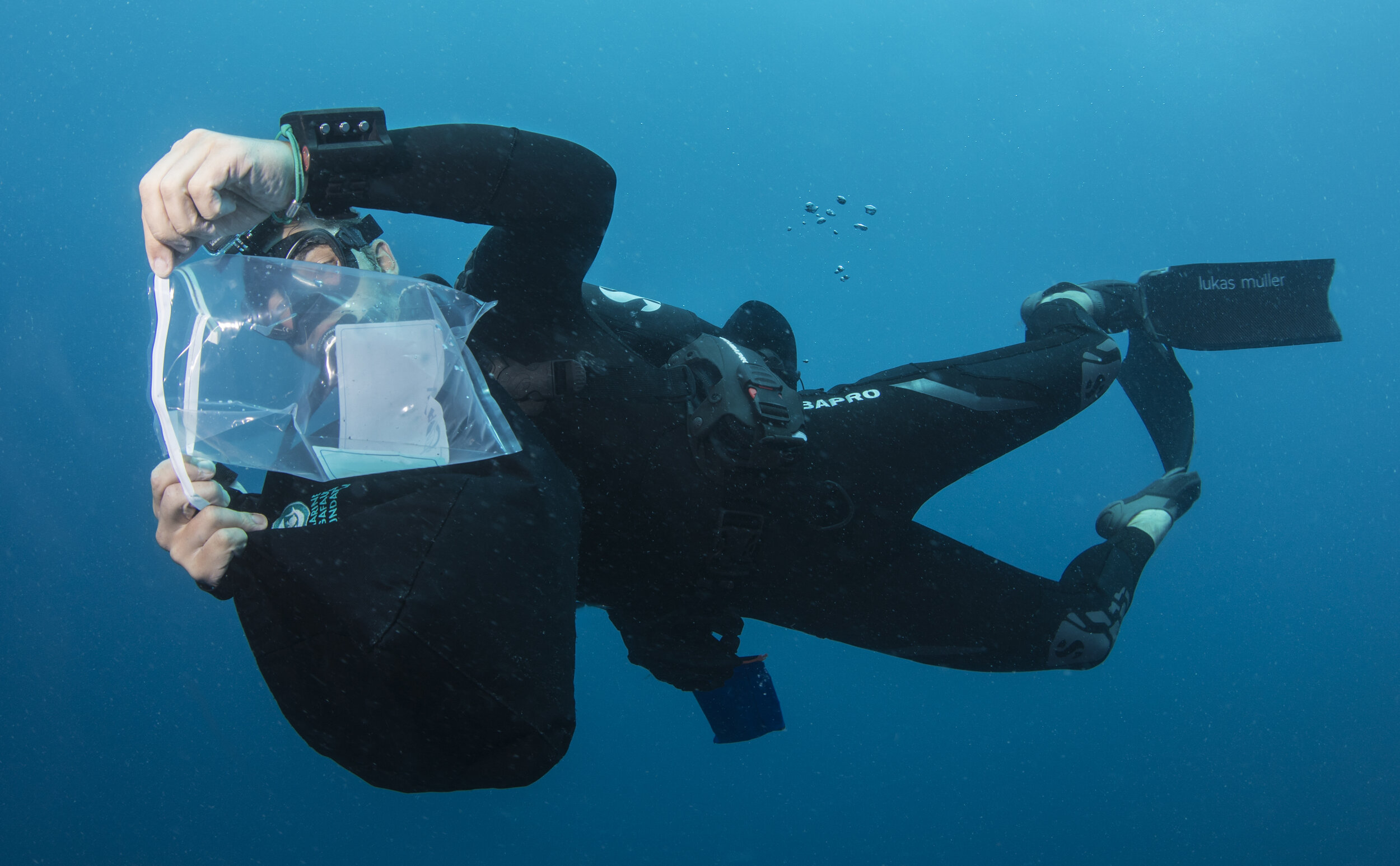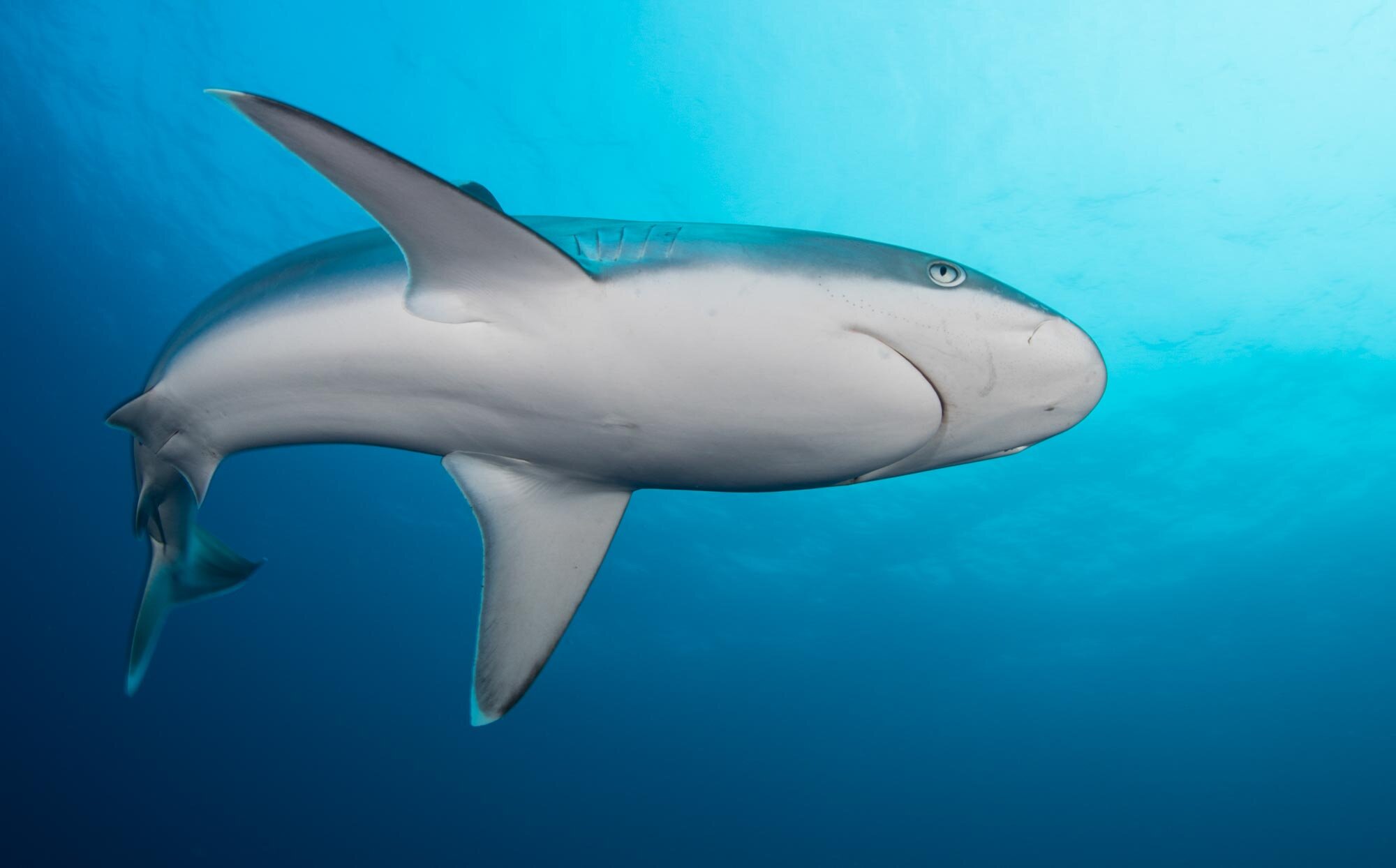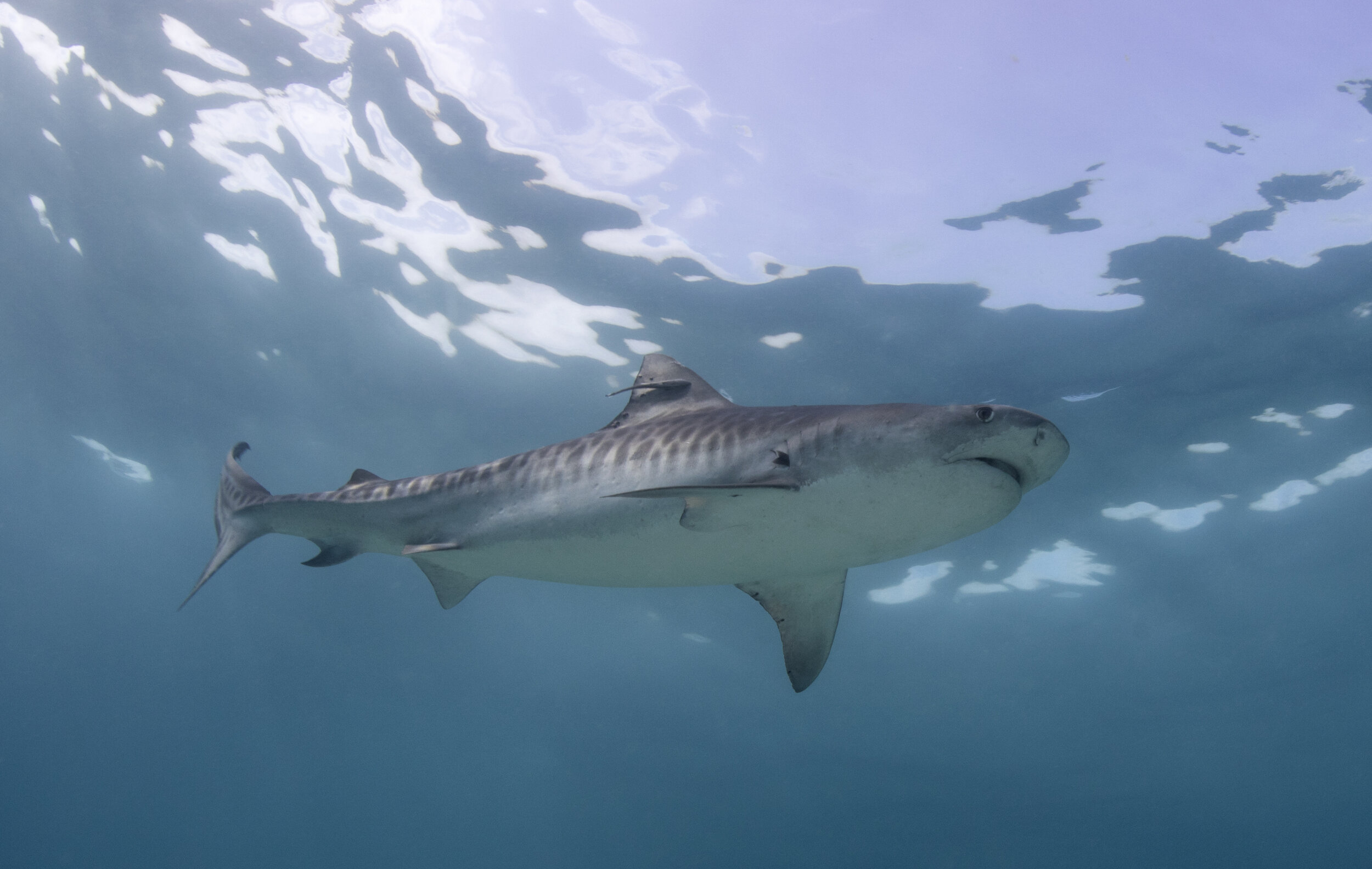
Where we work.
Marine Science & Conservation in the Bazaruto Seascape
Marine Science & Conservation in the Bazaruto Seascape
For the last 20 years, MMF scientists have been conducting research along the remote coastline of the Inhambane Province in southern Mozambique.
Within the province, we are currently prioritizing work in a region which we refer to as the ‘Bazaruto Seascape’, an area spanning the northern coastline of Inhambane to encompass the Bazaruto Archipelago, the San Sebastian Peninsula, and the coastal waters off Pomene.
The seascape has been dubbed the ‘Marine Serengeti’ of Africa by MMF co-founder Dr. Andrea Marshall as its waters support an outstanding number of marine megafauna species, from majestic manta rays to critically endangered rhino rays.
The open ocean teams with superpods of dolphins and jumping billfish, while inshore reefs are home to a staggering number of rare and unique species. Throughout the winter months, visiting humpback whales can be seen breaching on the horizon. This coastline is recognized as being one of the most diverse and important marine habitats in Africa.
Latest Bazaruto press releases
Highlighting MMF’s research & marine conservation work within the Bazaruto Seascape.


Bazaruto Archipelago National Park.
A key part of this region is included in the Bazaruto Archipelago National Park (BANP). The park was created in 1971, making it the first Marine Protected Area (MPA) in Mozambique. The park is mandated to protect species of high conservation value, including dugongs, sharks, dolphins, marine turtles, and corals. The BANP protects1,430 km2 of biologically diverse land and sea around the Bazaruto Archipelago, located off the coast of Vilanculos and Inhassoro in the north of the seascape.
The archipelago itself consists of five islands: Bazaruto, Benguéra, Margaruque, Santa Carolina, and Bangué, which were formed from the present-day San Sebastian peninsula. The archipelago bounds a wide range of marine habitats including coral and rocky reefs, extensive sand flats, mangroves, and seagrass meadows, which provide refuge for a huge and diverse variety of species.
The BANP is managed by African Parks and overseen by the Administração Nacional das Áreas de Conservação (ANAC). The park supports a population of approximately 5,800 people, 80% of which rely on the harvesting of marine resources as their primary livelihood.
Vilanculos Wildlife Sanctuary.
To the south of the BANP lies the Vilanculos Wildlife Sanctuary (VWS), which protects 300 km2 of terrestrial and marine habitat south of Vilanculos on and around the San Sebastian Peninsula. The VWS ranks amongst the top biodiversity hotspots in Africa and encompasses marine habitats including mangroves, coral reefs, small islands, tidal sand and mud flats, and estuaries. MMF conducts research at a number of locations throughout the VWS, with the rocky reefs, extensive sand flats, and productive pelagic waters providing critical habitat for many of our focal species.
MMF Marine Science & Conservation in the Bazaruto Seascape.
MMF scientists have been working to understand and protect the megafauna of the Bazaruto Seascape since 2013.
Building on our ongoing work in the south of Inhambane Province, we work closely with the managers and rangers of the protected areas that safeguard the Bazaruto Seascape, and provide evidence-based scientific advice to support the development and refinement of conservation strategies for the numerous threatened species inhabiting these waters. Our Threatened Species Program has a particular focus on the Bazaruto Seascape, with this region acting as a hub for many of our current field research projects in Mozambique.
Explore MMF’s Bazaruto Seascape Marine Science Projects in Mozambique:















